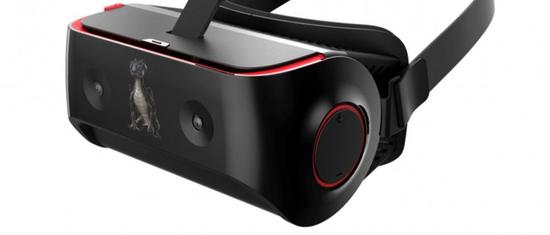According to foreign media reports, Qualcomm will have a presence in MWC. And Qualcomm will launch the new Snapdragon 835 on VR-one solution.
The new VR goggle hardware will have a resolution of 2560 × 1440. With the support of AMOLED LED screen for advance display. Introducing technologies like 6 DoF tracking, eye tracking, fixation point rendering and many other performance and power-saving features.
And one of the most significant changes is the new program is the integration of Leap Motion Tracking hand interaction. Thereby solving the long-term lack of good mobile VR interactive program issues.
In addition to new development kit they are working with Leap Motion. But this time Qualcomm also announces the production of significant head (HMD) to accelerate the project. It has a specific design to help manufacturers to significantly reduce development costs of head wear.
As well as increasing the speed of launching products to the market. This is the era where some manufacturers lies in problem and continuously working on it. The project will also help OEM and ODM manufacturers of VR-one program to modify and add pre-optimized good eye-tracking (from SMI) and Leap Motion gesture tracking technology.
VR-one With Visual Inertial Odometry (VIO) and 6 DOF Motion
In addition, Qualcomm also introduces technology naming as Visual Inertial Odometry (VIO). That is specific for visual inertial measurement systems to track the head of 6-DOF (6 DOF) motion. This system uses Hexagon 682 DSP to handle the video camera stream approximately at 30fps.
The technology also introduces the always wake (All-Ways Aware) of DSP at a rate of 800Hz or 1000Hz for capturing the accelerometer and gyroscope data. Combining these data will can get location information 6 degrees of freedom.
Qualcomm representatives says that the use of DSP is to achieve this functionality in a much more advance spectrum. While improving the efficiency and CPU processing for almost four times higher than before.
